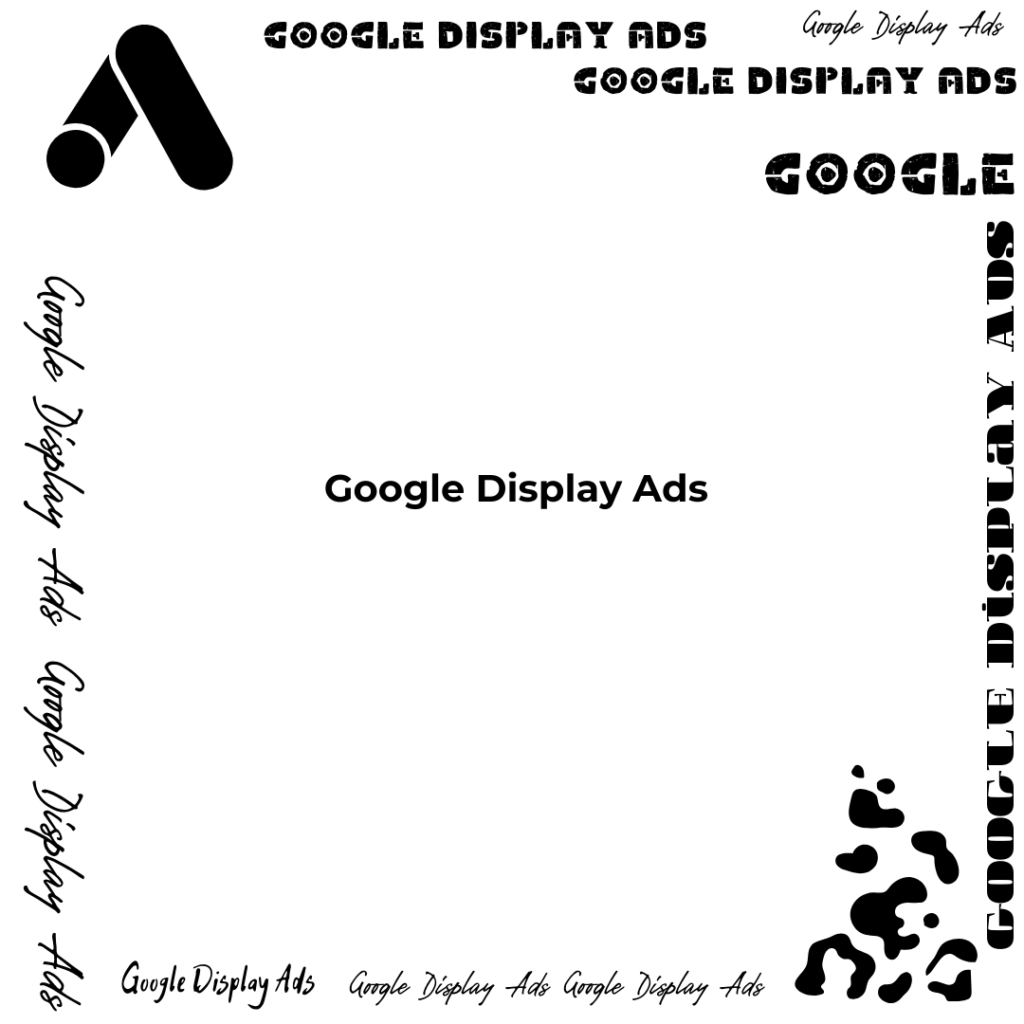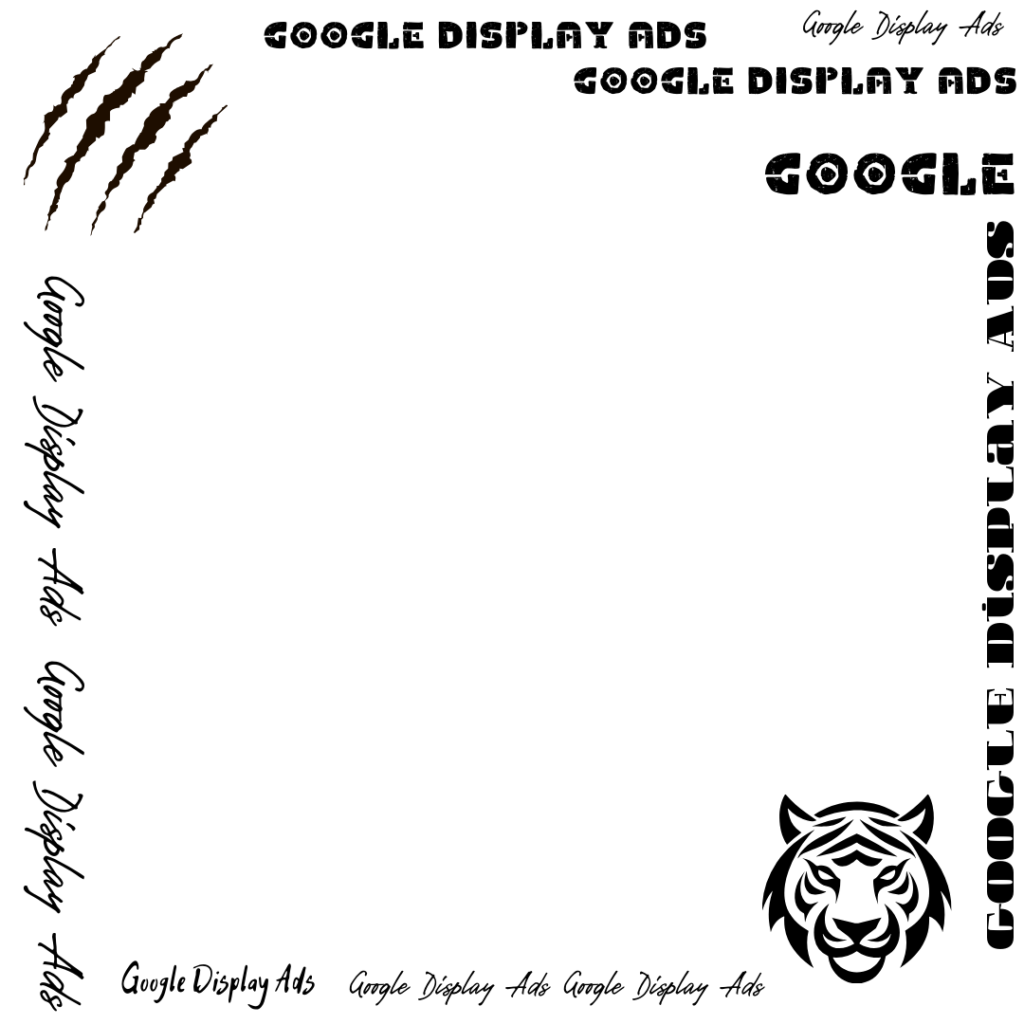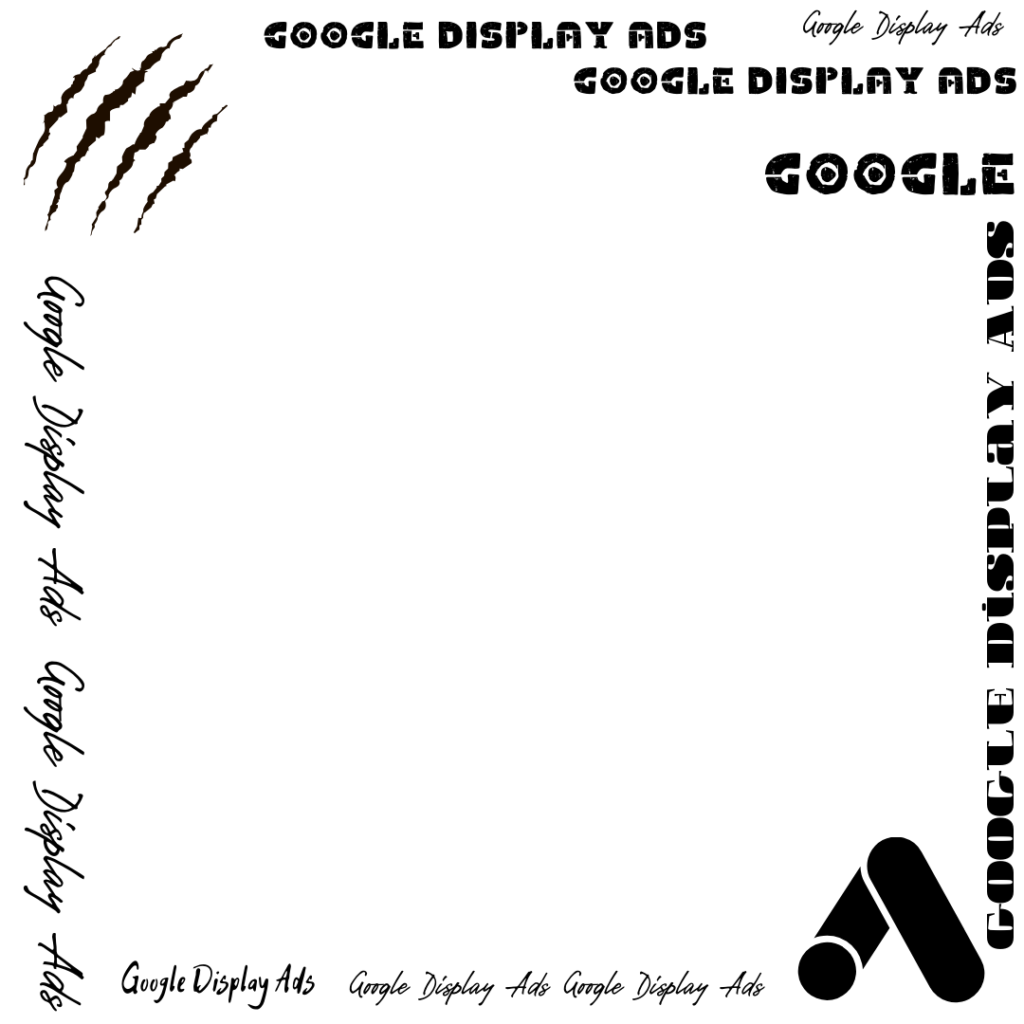
Google Display Ads are a type of online advertisement that appears across websites, mobile apps, and YouTube videos within the GDN (Google Display Network). These ads can take various forms, such as text, images, rich media, or video, and are designed to capture audience attention and encourage specific actions like clicks, sign-ups, or purchases.
Massive Reach: With access to millions of websites and apps, GDN enables marketers to connect with diverse audiences worldwide.
Advanced Targeting: Features like demographic, geographic, contextual, and behavioral targeting ensure ads reach the most relevant audiences.
Cost-Effectiveness: Display Ads often have lower CPCs (Cost-Per-Click) compared to search ads, making them a cost-efficient option for brand awareness campaigns.
Visual Appeal: Rich visuals and creative formats help brands stand out and create a lasting impression.

Define Your Goals: Determine what you want to achieve—brand awareness, lead generation, or conversions.
Create a Campaign: Use Google Ads to set up a Display campaign. Choose your campaign objective and set a budget.
Set Targeting Options: Select your audience based on factors like interests, demographics, or intent.
Design Compelling Creatives: Ensure your ads are visually appealing and include a clear call-to-action (CTA).
Launch and Monitor: Publish your campaign and track performance metrics like impressions, clicks, and conversions.
Use Responsive Display Ads: These ads automatically adjust size, format, and appearance to fit different placements, maximizing your reach.
Leverage Remarketing: Target users who have previously visited your website to re-engage them with tailored messaging.
A/B Test Creatives: Experiment with different visuals, headlines, and CTAs to identify what resonates best with your audience.
Optimize Landing Pages: Ensure your landing pages are relevant, fast-loading, and aligned with your ad messaging.
Monitor and Adjust: Continuously analyze performance data and make necessary adjustments to improve results.

Impressions: Number of times your ad is displayed.
CTR (Click-Through Rate): Percentage of users who clicked on your ad.
Conversion Rate: Percentage of users who completed a desired action after clicking.
ROAS (Return on Ad Spend): Measure of revenue generated versus advertising spend.
Ad Fatigue: Rotate creatives frequently to keep audiences engaged.
Low CTR: Refine targeting and enhance ad copy to make your ads more appealing.
Banner Blindness: Use interactive or rich media ads to capture attention.
Google Display Ads offer a powerful platform for marketing professionals to reach and engage their target audiences. By leveraging advanced targeting options, crafting compelling creatives, and continuously optimizing campaigns, marketers can drive significant results. Whether you’re aiming to build brand awareness or boost conversions, Google Display Ads should be a cornerstone of your digital advertising strategy.
Reach and visibility
The Google Display Network (GDN) reaches over 90% of internet users and includes millions of websites, mobile apps and the YouTube and Gmail platforms. This allows ads to be shown to a wide audience.
Ad formats
Google Display Ads supports a variety of formats including:
Banners (static and animated)
Adaptive Ads (automatically adjusts to screen sizes)
Video ads (embedded videos)
Text Ads (sometimes used in GDN)
Audience targeting
Google offers many targeting methods such as:
By interest – ads are shown to users with specific interests.
By behavior – based on user actions (e.g., viewing certain pages).
Demographics – targeting by age, gender, location, and other characteristics.
Remarketing – showing ads to users who have already interacted with the site.
Contextual targeting – advertising is shown on sites with thematically similar content.
Optimization and automation
Google uses artificial intelligence to optimize bids, audience selection, and ad display. Key tools:
Automated bid strategies (target price per conversion, maximum conversion value, etc.).
Adaptive ads – automatically change format, image and text depending on the site.
Efficiency and analytics
Google Ads has powerful analytics tools that allow you to track:
Shows and clicks (CTR)
Conversions (actions taken by users)
Cost per conversion (CPA)
Return on Investment (ROI)
Using Google Display Ads is an effective way to increase your reach, build brand awareness and engage potential customers with precise targeting and automated tools.
Social media marketing is a powerful tool for building brand awareness, engaging with target audiences, and driving conversions
SEO is one of the most effective long-term digital marketing strategies for increasing visibility, traffic, and credibility.
PPC advertising is a highly effective way to generate immediate traffic, leads, and sales through paid placements on search engines and social platforms.